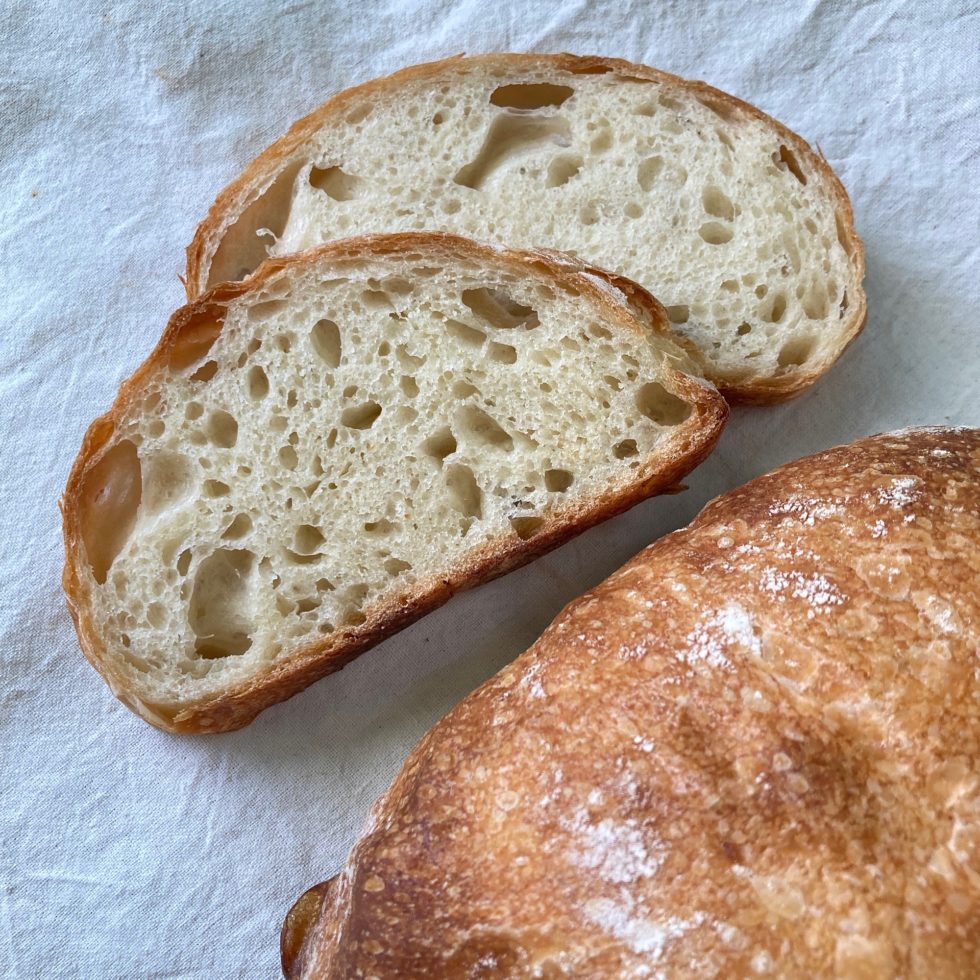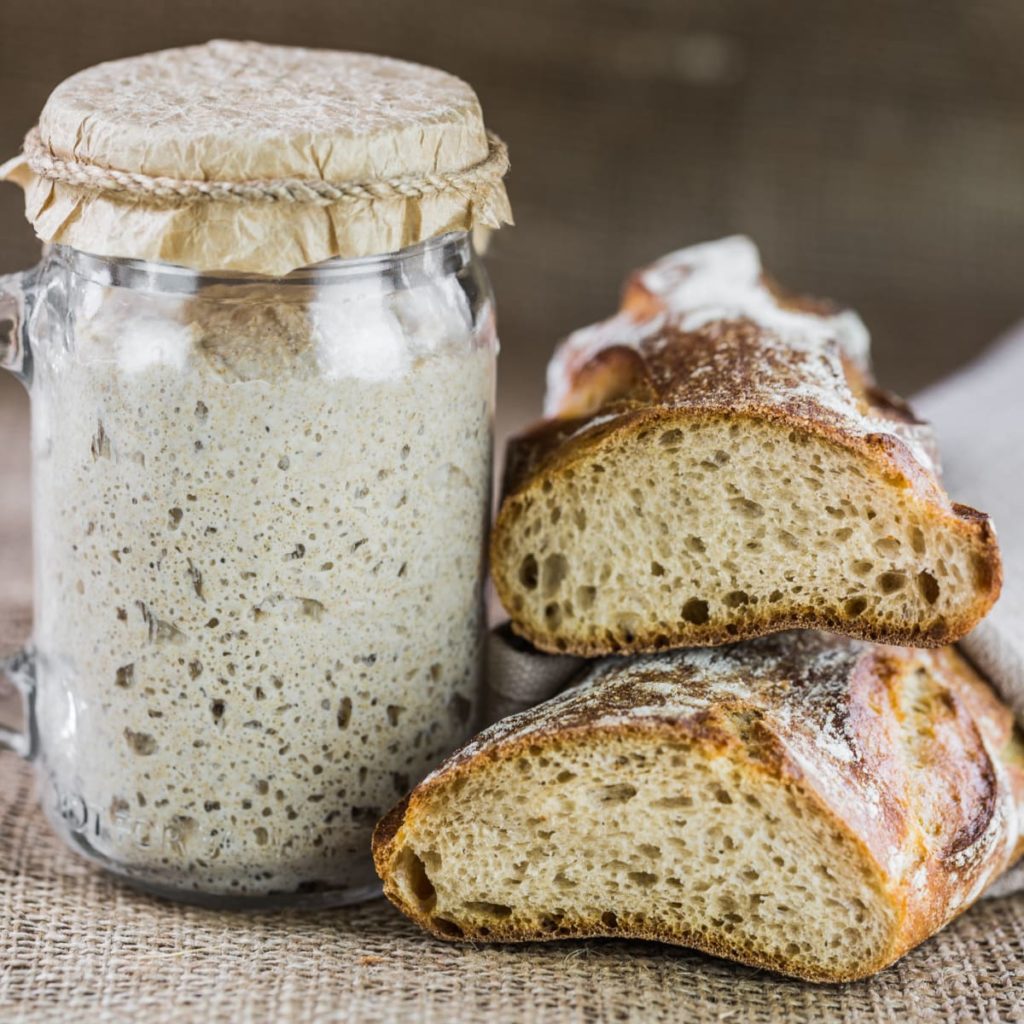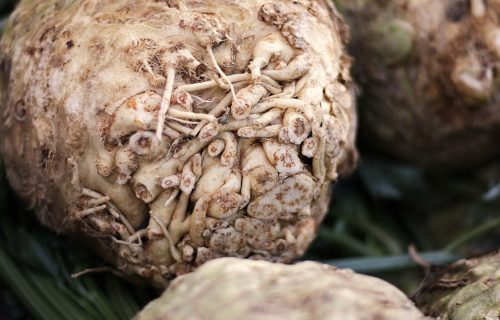
Amazing Sourdough – Not all Bread is Created Equal
Have you been encouraged to stop eating carbohydrates? Do you think it will help you lose weight or have you been convinced that grains are bad for you? It’s a shame that such misinformation circulates and so many are confused about this important food group.
But what if you have a digestion issue with grains? Should you avoid them? No! At least…not yet. Before you remove anything, try fermented grains like sourdough.
A couple of years ago, I was in a grocery store and a lady stopped me. She said that she had taken one of my fermentation workshops and it had, “changed her life!” WOW, what a nice thing to hear!! She continued that she hadn’t been able to eat bread because it always caused her some digestive problems. To the disappointment to her family, she stopped making bread at home…until she took my workshop. She has been making my honey-oat fermented sourdough bread for herself and her family ever since.

Sourdough for better digestion
Sourdough is a traditional method of fermenting grains that makes the bread much more digestible.
Fermenting grains creates prebiotic substances from the starches in the flour. Prebiotics feed the good bacteria in the gut. Even sourdough made with white flour is beneficial.
The acids given off by the fermentation process (the “sour” of sourdough) pre-digests the protein molecules in the grain, particularly the gliadin in gluten. So, if you want a bread where the gluten is really broken down, ferment your sourdough longer. This will make the bread sourer, so you might want to add something sweet like a bit of honey.
Other health benefits of sourdough
Fermentation in general makes nutrients, such as iron and manganese, more bioavailable. This means you absorb it better. However, the process of sourdough fermentation also adds B-vitamins that were not there before. This makes sense since sourdough is a combination of good bacteria and yeast, and yeast is a great source of B-vitamins.
Sourdough for blood sugar management
But probably the most amazing research comes from the University of Guelph. Researchers took four samples of bread made with:
- regular white flour
- whole wheat
- whole wheat with barley
- white flour sourdough bread
The participants in this study were between the ages of 50 to 60 and all overweight. They were fed one type of bread at breakfast and then again at lunch.
After both meals, blood sugar and insulin levels were measured. The sourdough provided the lowest level of blood sugar and insulin, and surprisingly, continued to keep the blood and insulin levels low for the following meal where no bread was consumed. The whole wheat, on the other hand, provided the highest level of blood sugar after a meal, even higher than the regular white flour bread.
Buying Sourdough
If you want to try sourdough, look for bakers in your area making traditional sourdough bread. This is a delicious adventure for you take! If you cannot find a source in your area, you can order it online or, better yet, make it yourself!
Be careful of sourdough from bigger grocery stores, like Loblaws and Farm Boy. Their sourdough is “fake.” The stores do use starter to give it flavour, but they do not let it go through the long fermentation process which gives you the benefits.
When you do find a source, cut yourself a slice, drizzle it with some virgin olive oil or cultured butter. Enjoy!

References
Sourdough and cereal fermentation in a nutritional perspective, Kaisa Poutanen a,b,*, Laura Flander a, Kati Katina a, Food Microbiology 26 (2009) 693–699
Structural changes of gliadins during sourdough fermentation Gokcen Komen, Ayse Handan Baysal, Sebnem Harsa, Izmir Institute of Technology, Izmir, Turkey
Glycosidases and B group vitamins produced by six yeast strains from the digestive tract of Phoracantha semipunctata larvae and their role in the insect development, C. Chararas et al, Mycopathologia 1983, Volume 83, Issue 1, pp 9-15
Sourdough Bread Made from Wheat and Nontoxic Flours and Started with Selected Lactobacilli Is Tolerated in Celiac Sprue Patients, Raffaella Di Cagno1,†, et al, Appl. Environ. Microbiol. February 2004 vol. 70 no. 2 1088-1096



